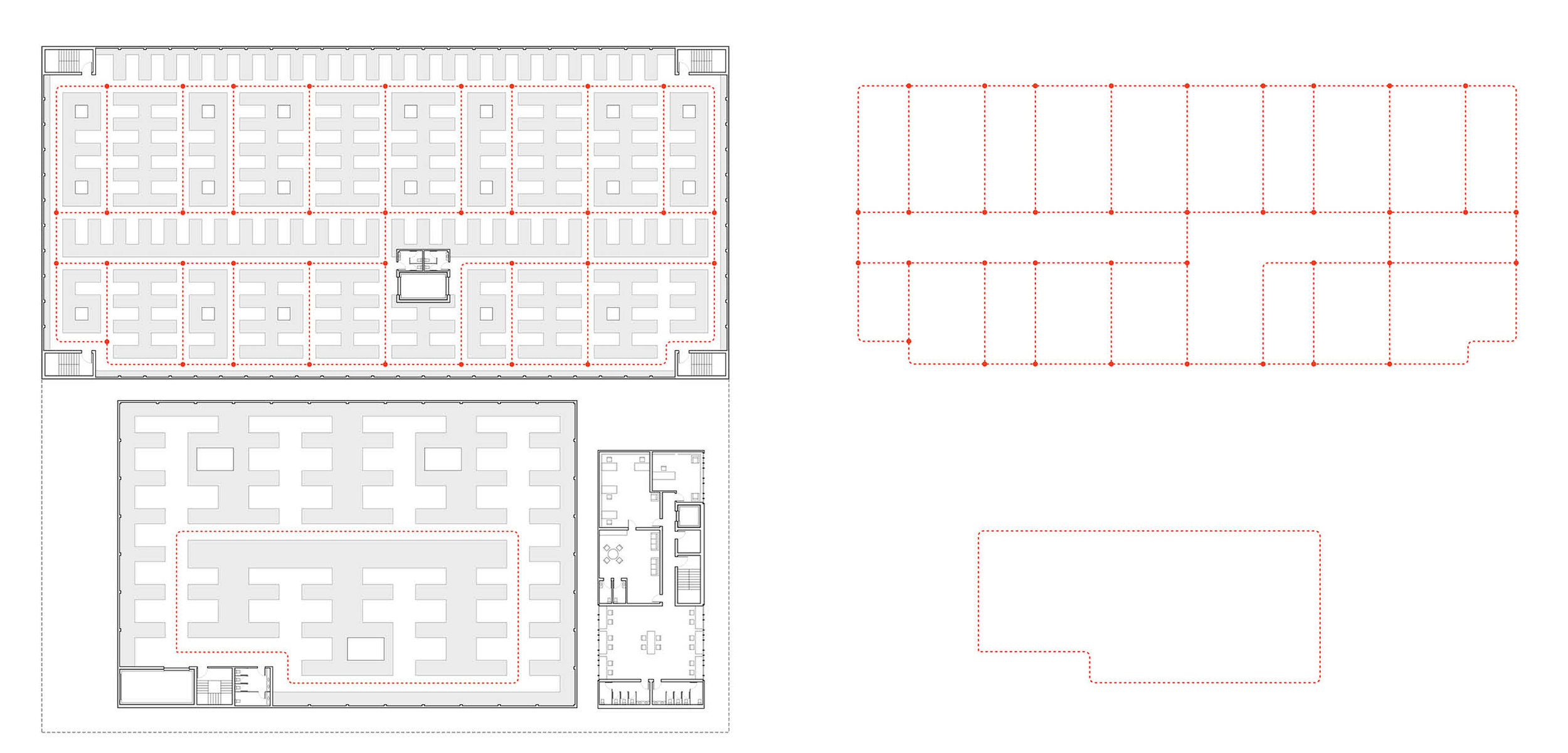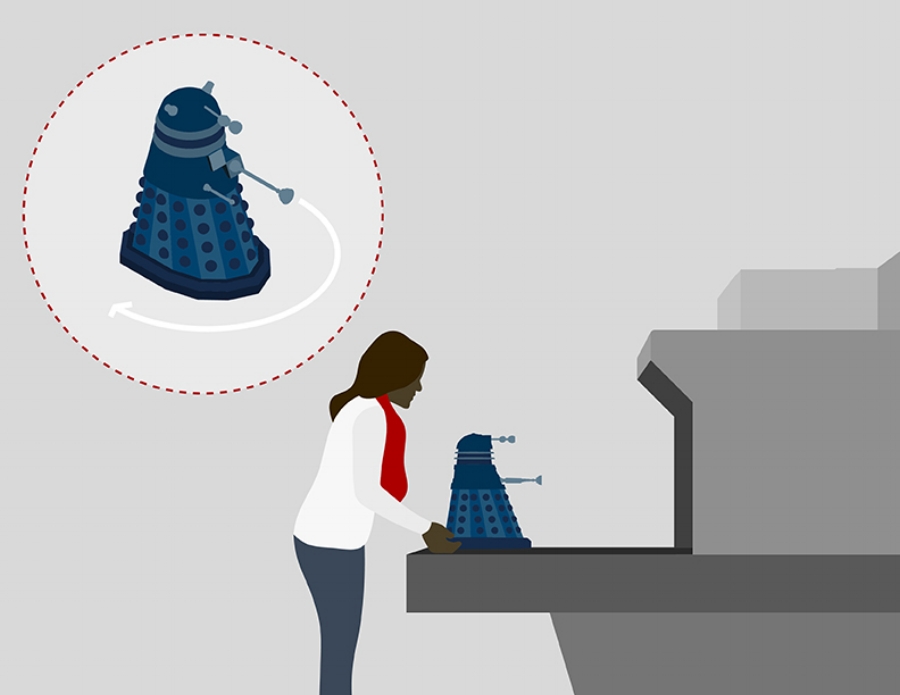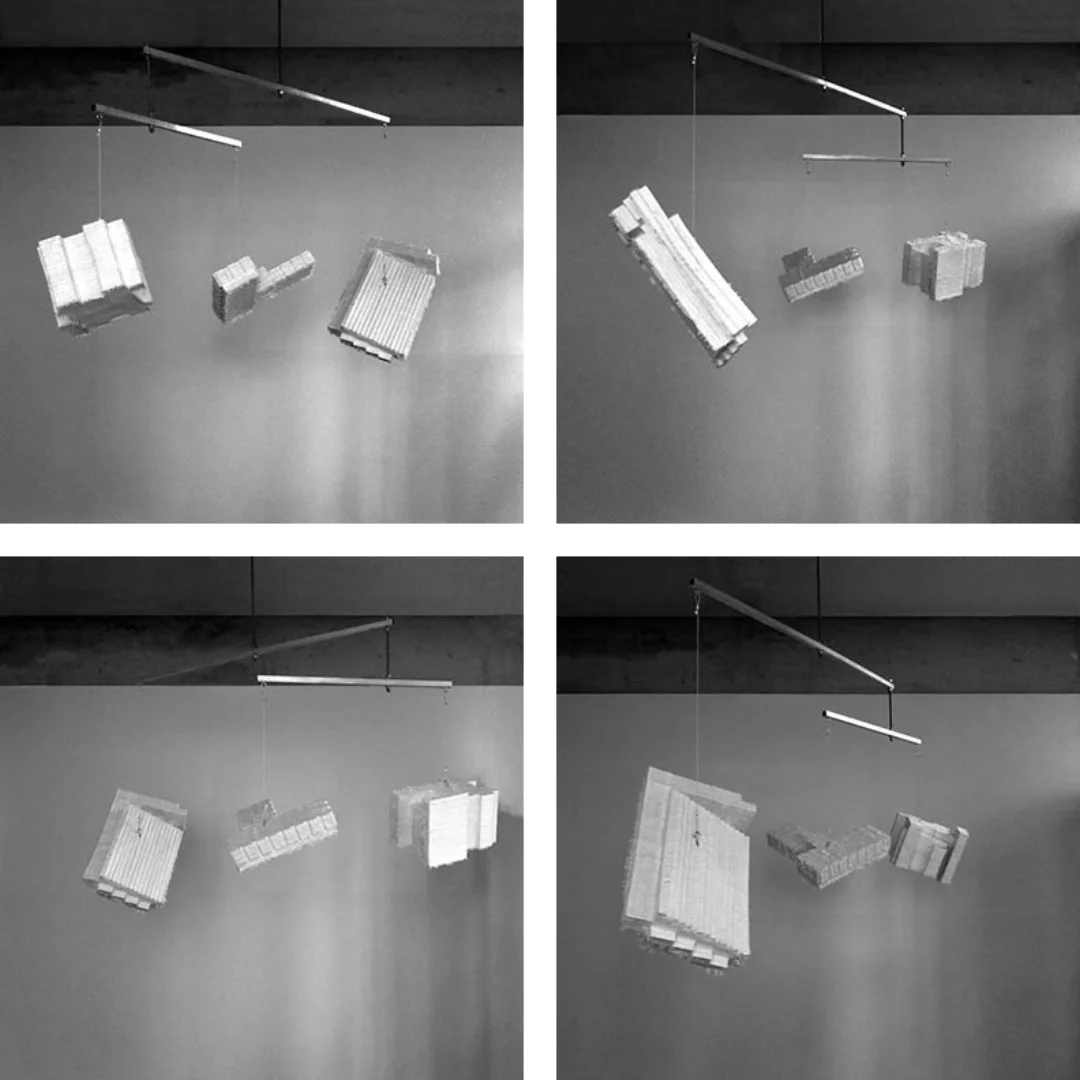Featured in Lunch 13: Mischief
Design Studio, Princeton SoA, Fall 2014
Instructor: Michael Meredith
In collaboration with Laura Salazar and Weiwei Zhang
Traditionally, a piñata is a scaled abstracted figure of a real object, typically an animal, which is filled with objects, suspended, and broken open by blindfolded people as part of a celebration. A piñata may look like a donkey, but because of the abstraction, scaling, suspension from normal context, and celebration, the piñata is not a stand-in for the donkey. When children hit the piñata to break it, they are not performing an act of violence against the donkey, but simply trying to get at what’s inside of it.
Traditionally, architectural practice involves translation between buildings and drawings and between buildings and models. Multiple iterations between media allows for productive misreadings that can produce new forms, new spaces, or new relationships. The insertion of a new representational object, previously foreign to architecture, into this chain creates new sites for misreading and draws attention to the strangeness of the conventions of the discipline which we otherwise may take for granted. Unlike a model, a piñata has function beyond representation, bringing an element of performance and unpredictability into the representational cycle.
The move from model to piñata is akin to the move from building to model. The translation from a building to a model or a drawing is always a move towards abstraction, including selective removal of large amounts of detail and content. The translation from a model to a piñata involves creating a functional object with specific materiality and is therefore a move towards realism. The piñata is not lacking in any detail; it is full-scale and fully functional. At the same time, with respect to the building, the move from model to piñata is a further abstraction which creates new reading. Without this translation, we might not think, for instance, to put fringe on a building, to fill a building with candy and streamers, or to crack open a building’s façade.
The insertion of the new piñata medium draws attention to assumptions we make about other media with which we are already too comfortable. It is certainly weird to see an object which represents a building hanging in the air at a 45 degree angle with no ground and no context, but many of us don’t bat an eye at a siteless worm’s-eye axonometric drawing. The knowledge that the most exciting part of the piñata is contained inside indicates the weirdness of a sculptural (non-sectional) approach to model-making. The process of piñata construction adds several more layers of estrangement: for instance, the paper mache process is the application of a continuous surface across multiple members and joints.
As this project addresses fundamental questions of materiality, structure, and architectural representational standards, the buildings selected for translation to the piñata medium by way of models should be architectural primitives. A Renaissance piñata project might take Palladian villas as its subject matter, while a mid-20th-century piñata project would likely look to Le Corbusier and Mies van der Rohe. Today, however, a fundamental manifestation of architectural zeitgeist does not present itself. The use of architecture educational institutions underscores the lack of a formal center of the discipline in the 21st century and proposes that the institutions themselves are the most stable center in modern day.
Finally, it should be noted that these piñatas are held in unstable equilibrium with each other by a visible relational system and by the weight of contents which are not visible until the exterior is cracked open. This assembly is intended to heighten the anticipation of revealing and releasing the contents, as well as to suggest the nature of the relationship between different representational media. When this piñata mobile is hit with an external force, the components will be thrown out of balance and take some time to reach equilibrium once again. The movement will be erratic and perhaps even a bit dangerous. At the very least it is expected to alleviate boredom.



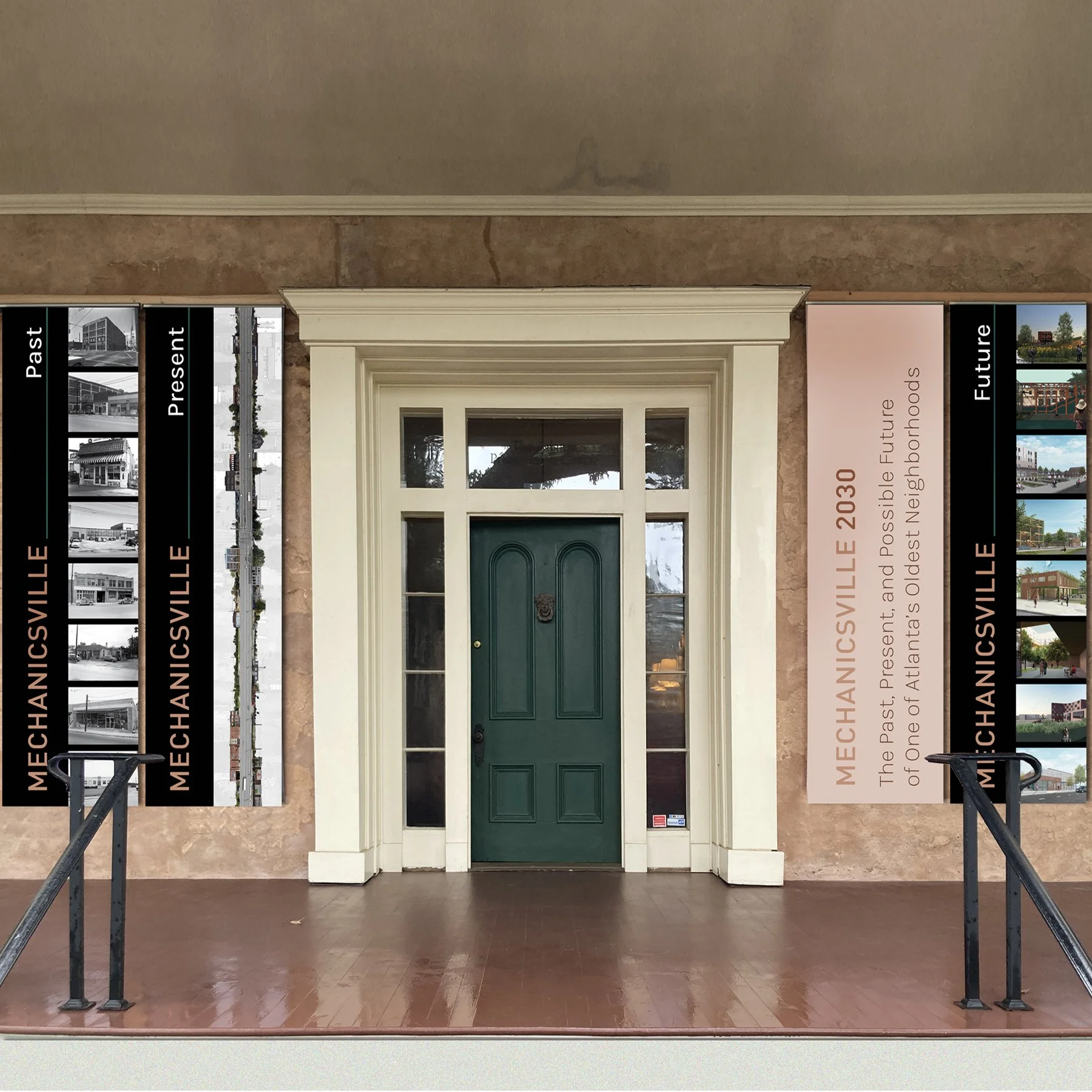













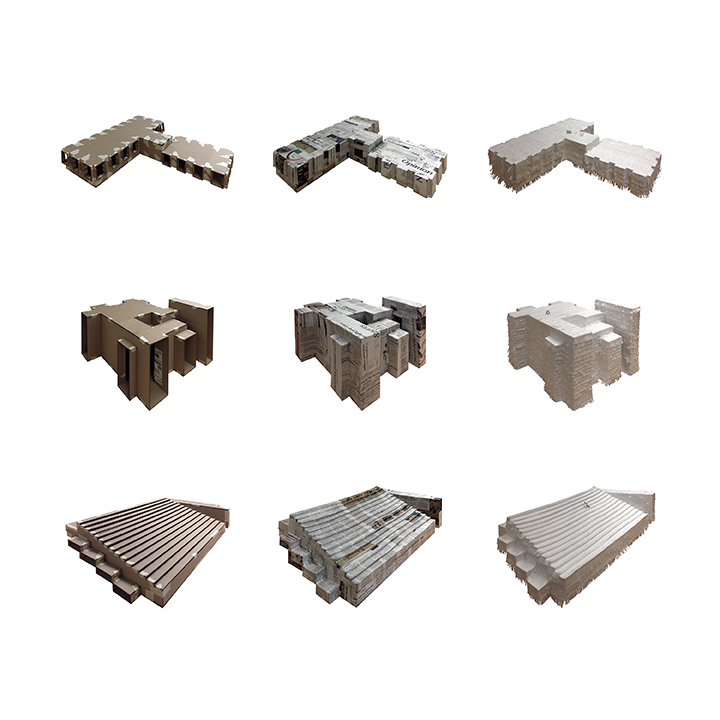























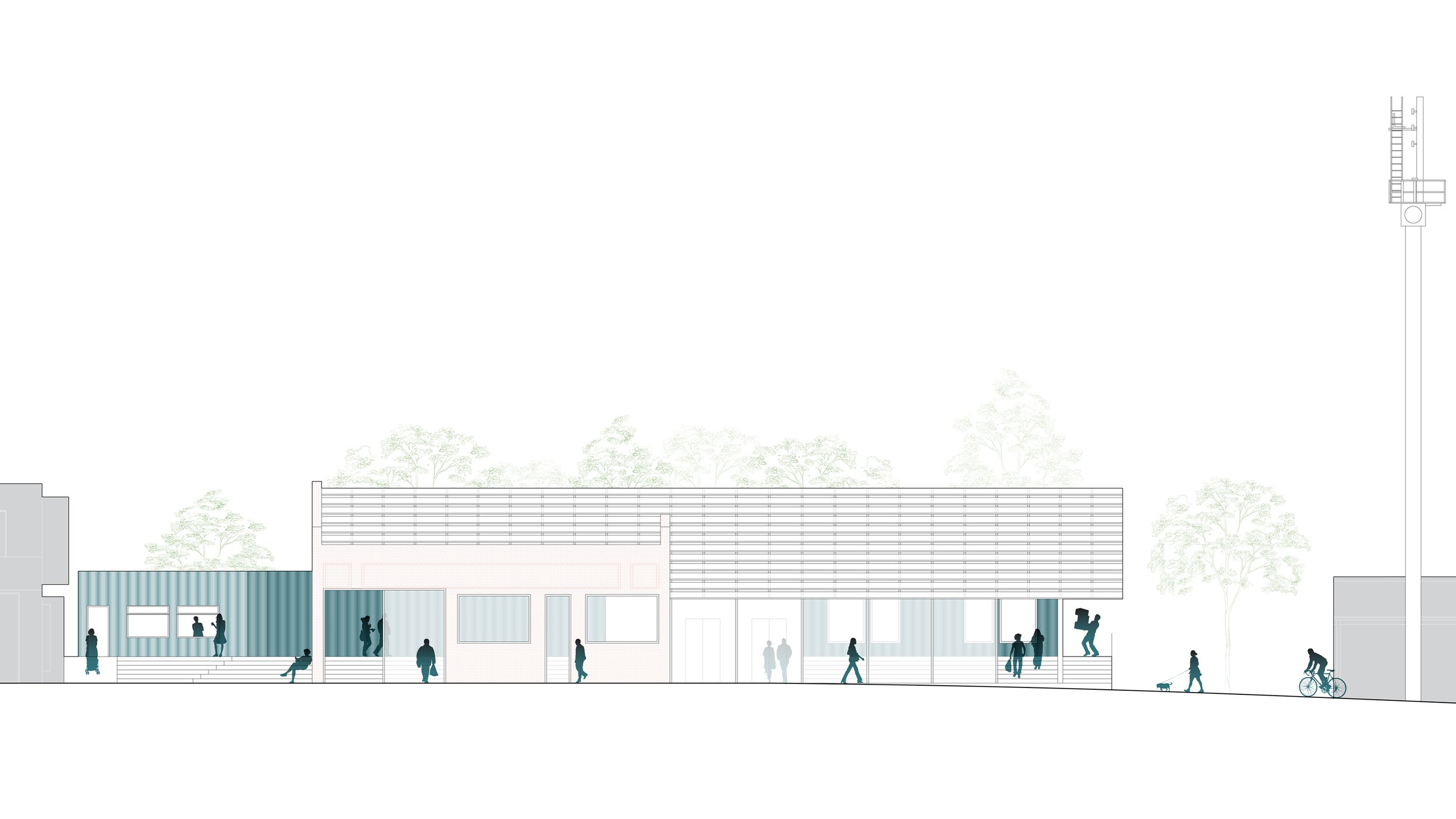






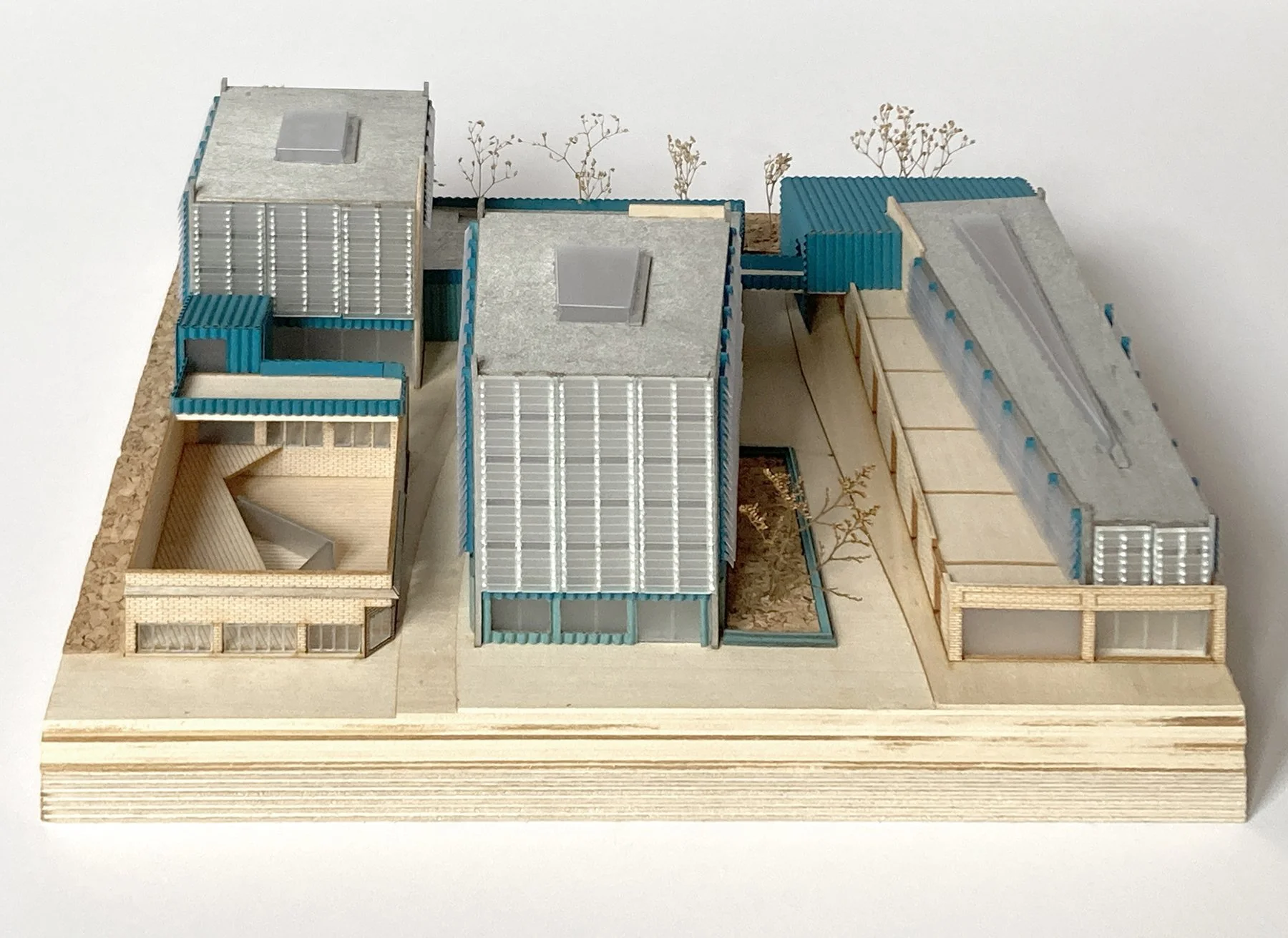











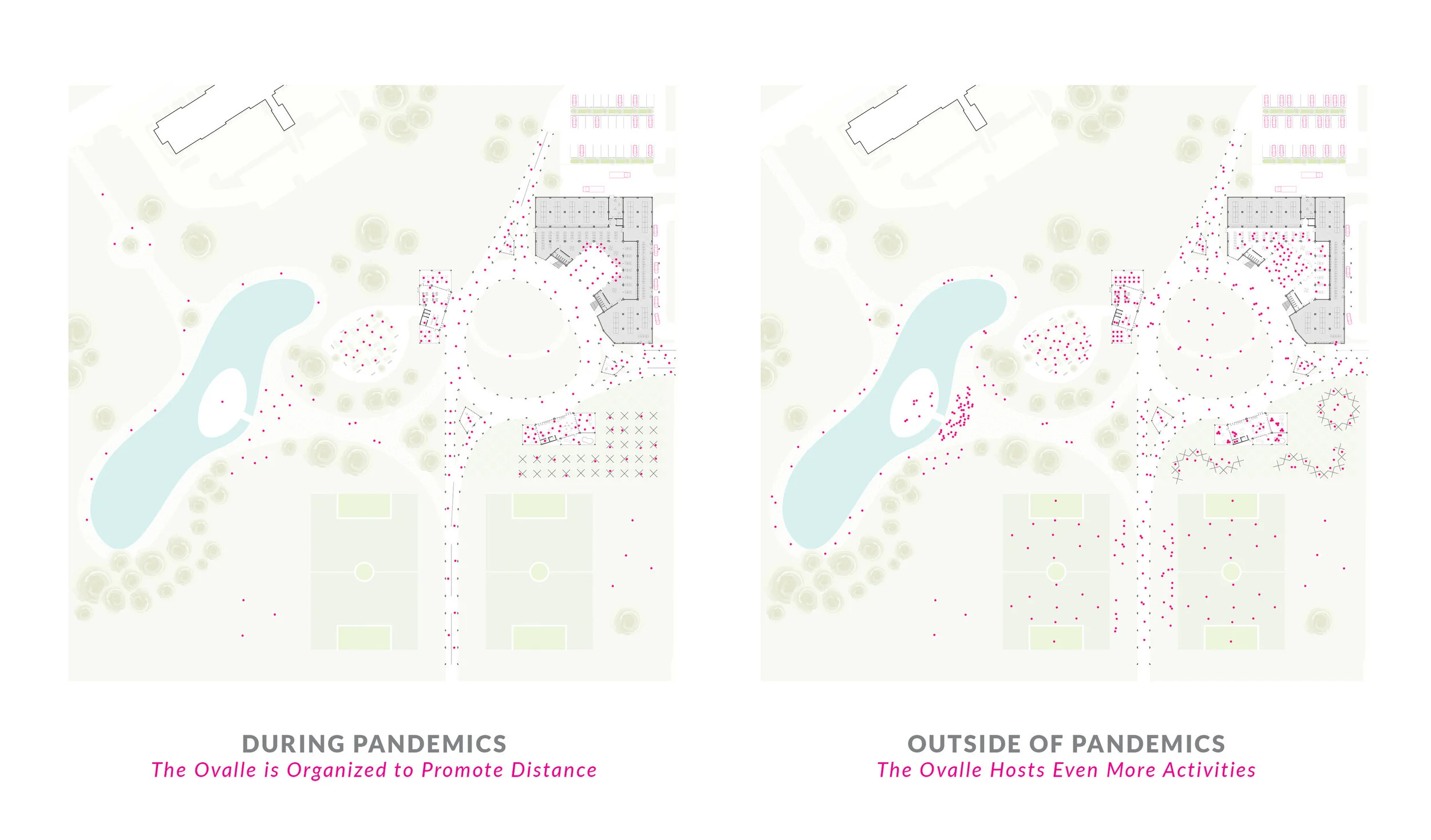







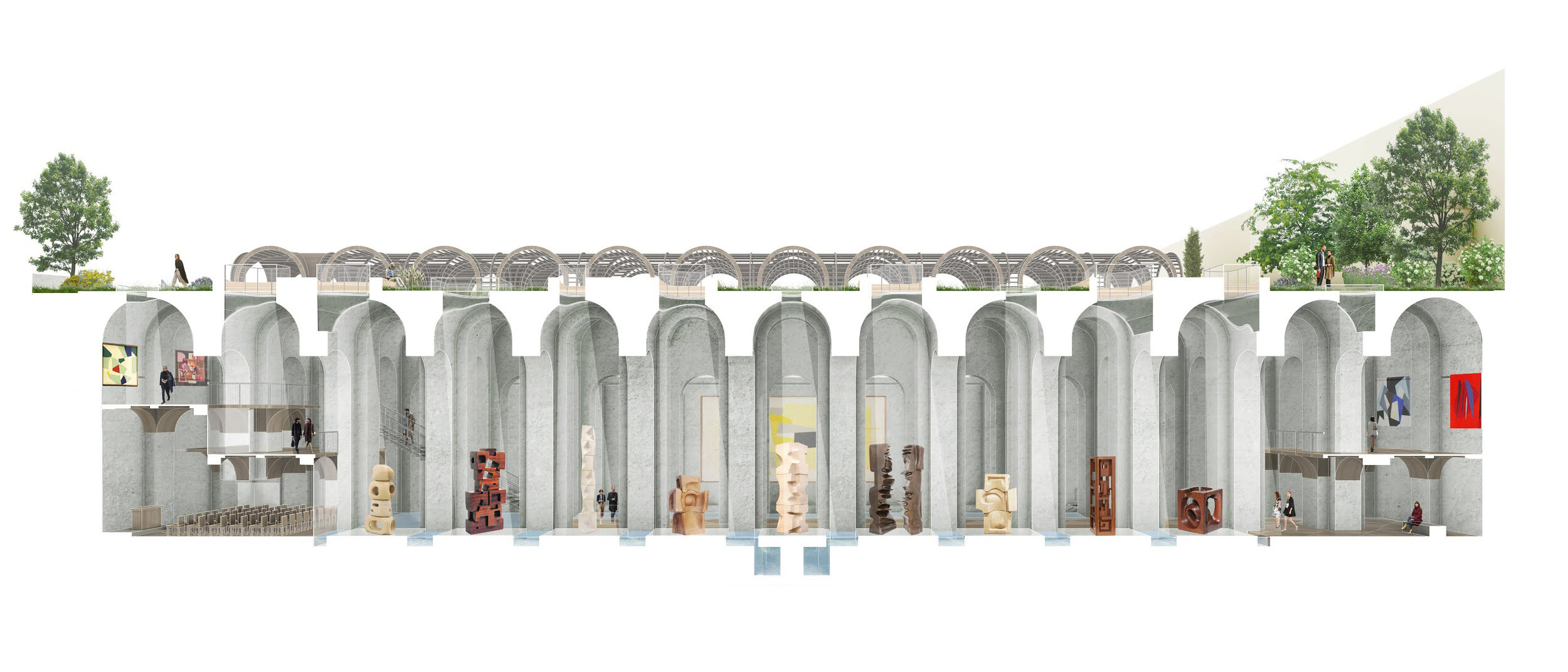






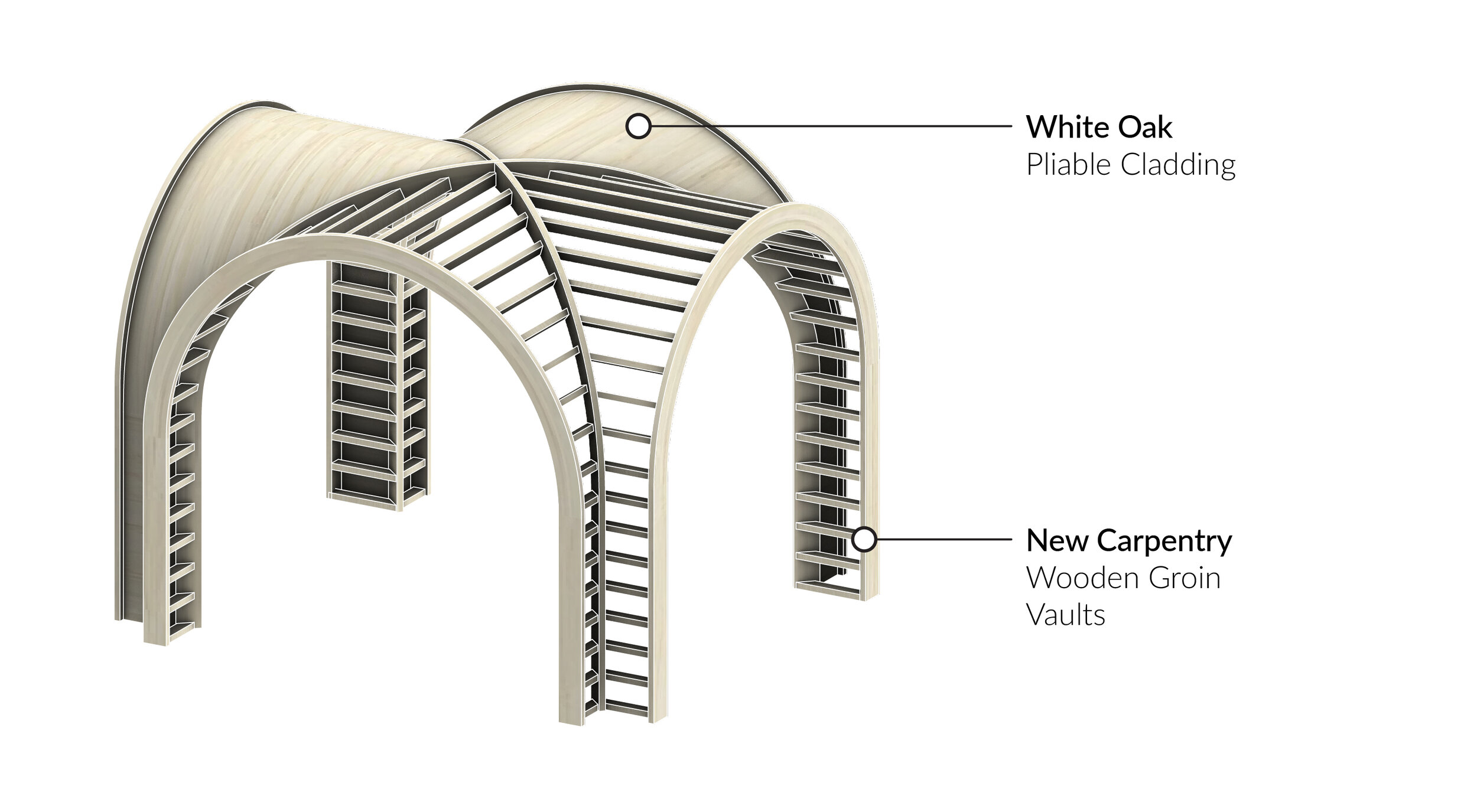
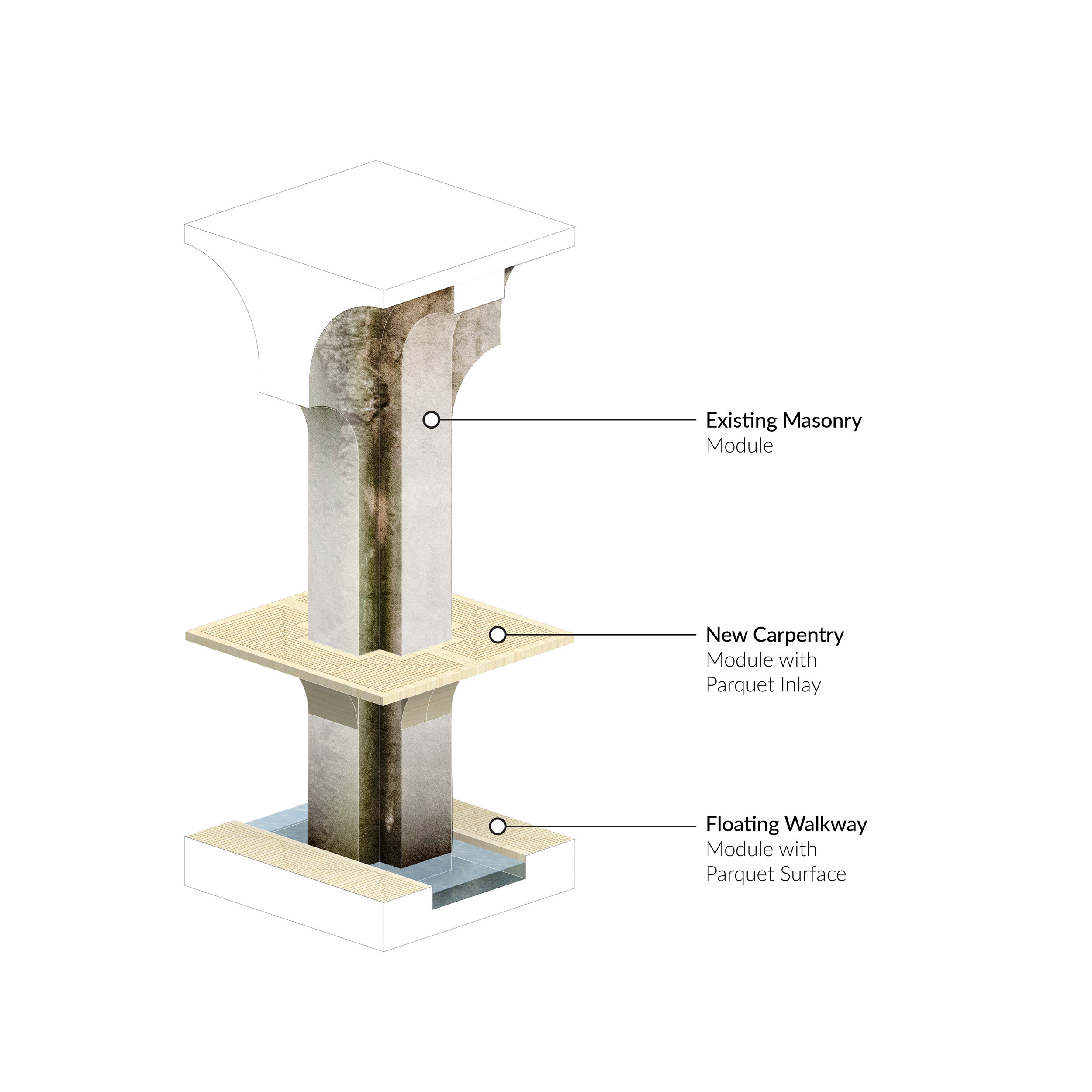















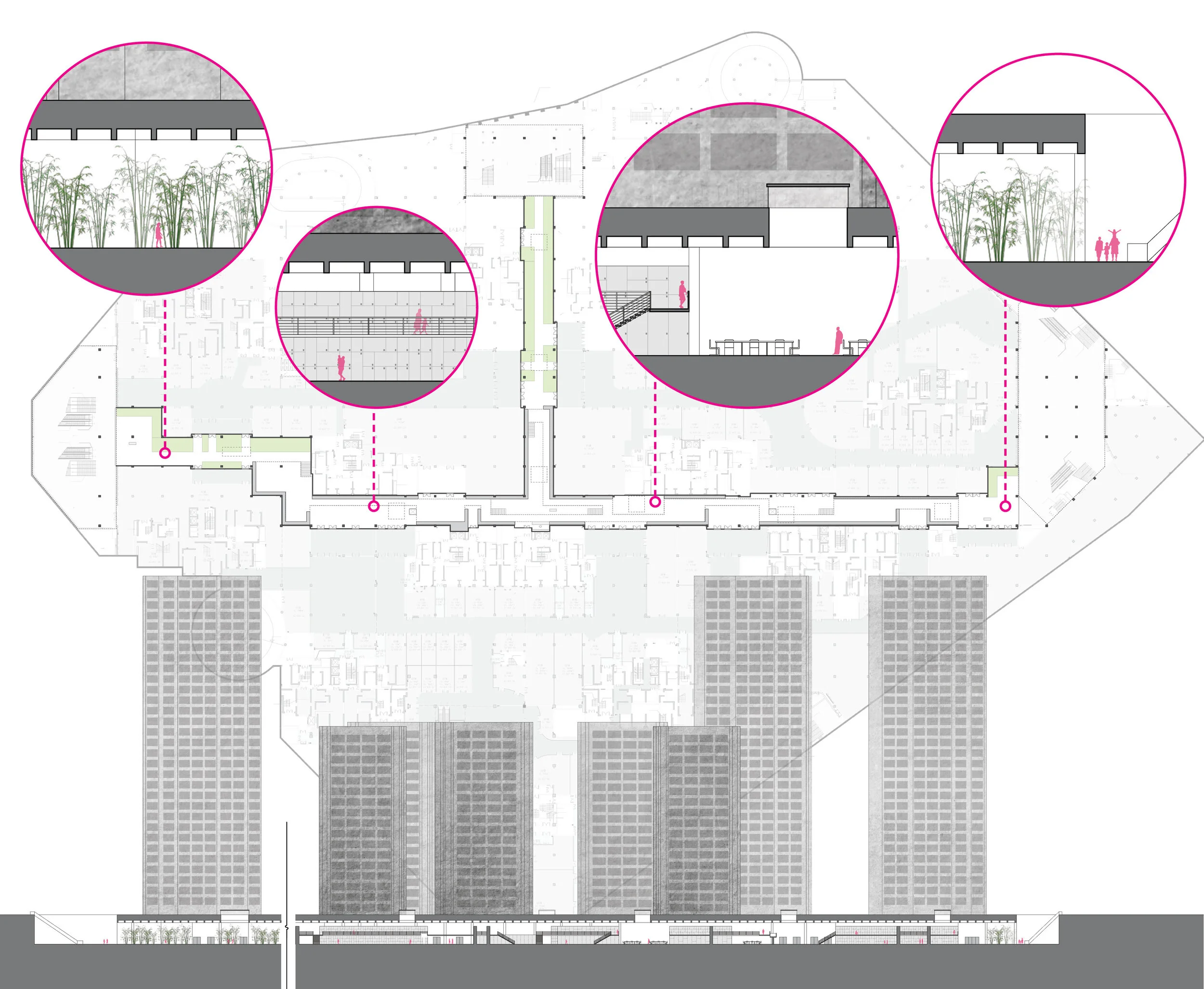








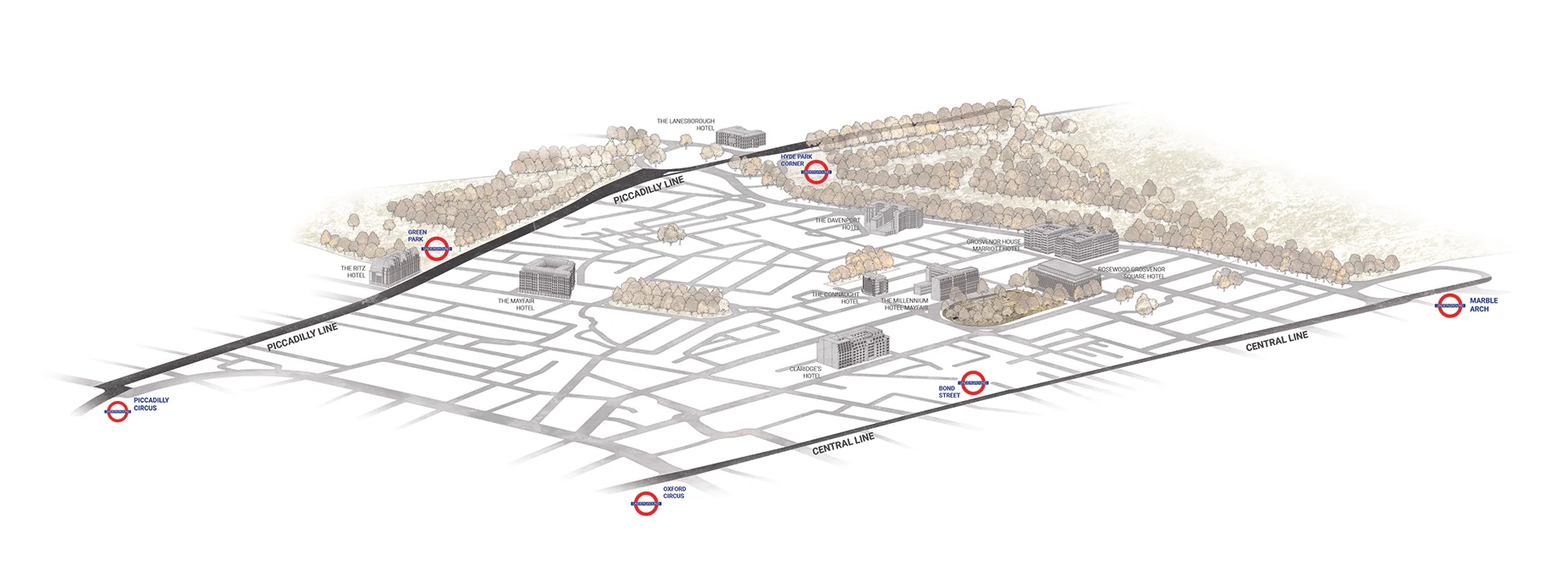
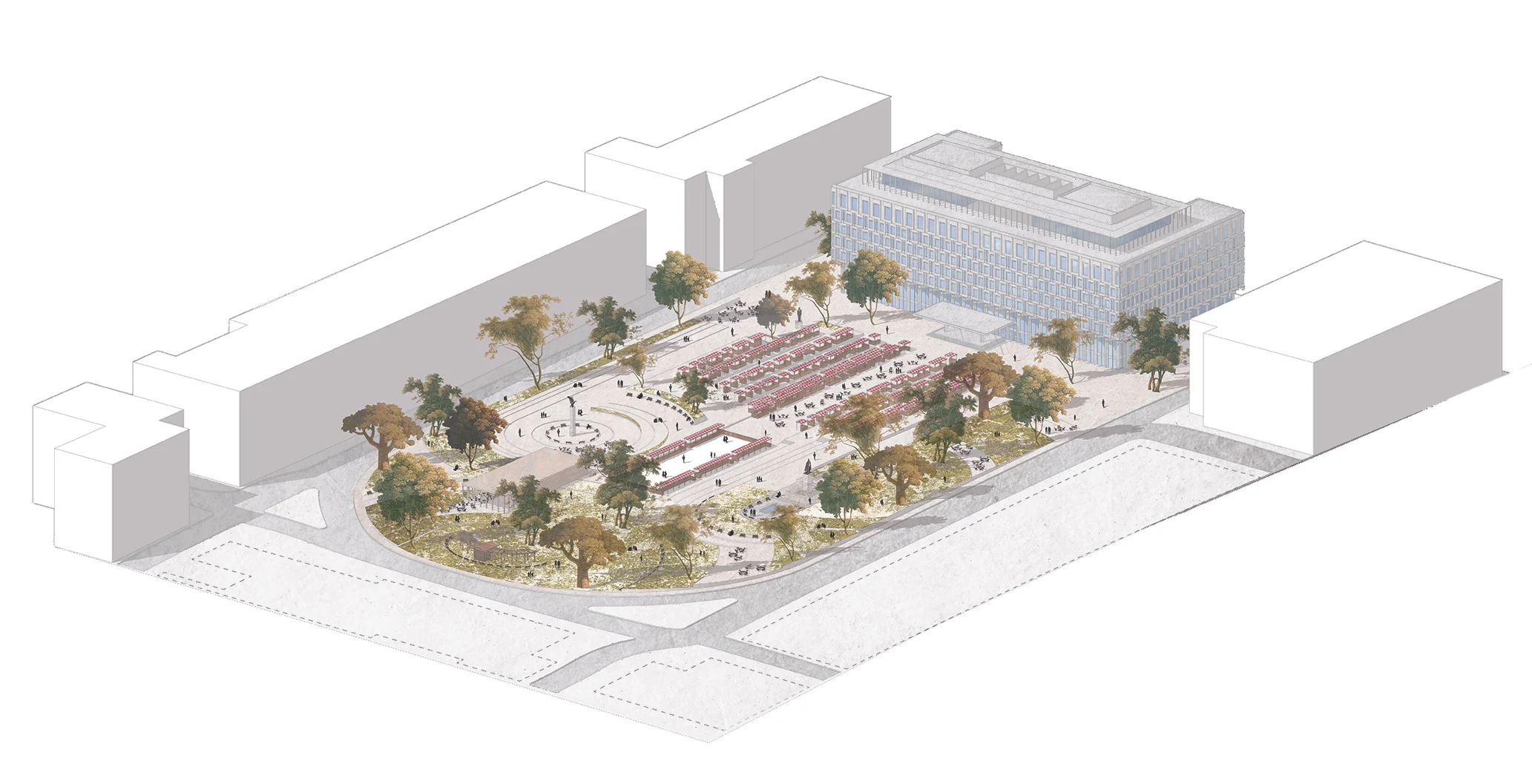



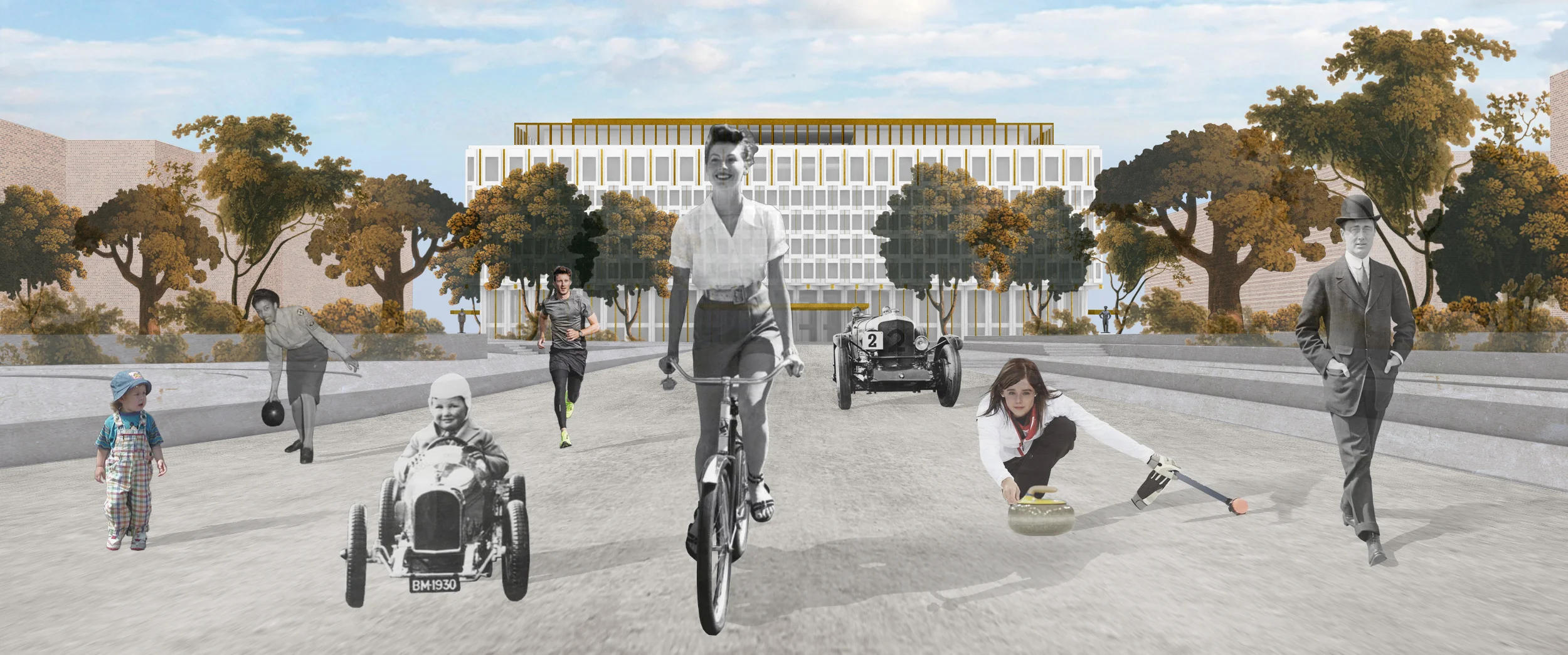
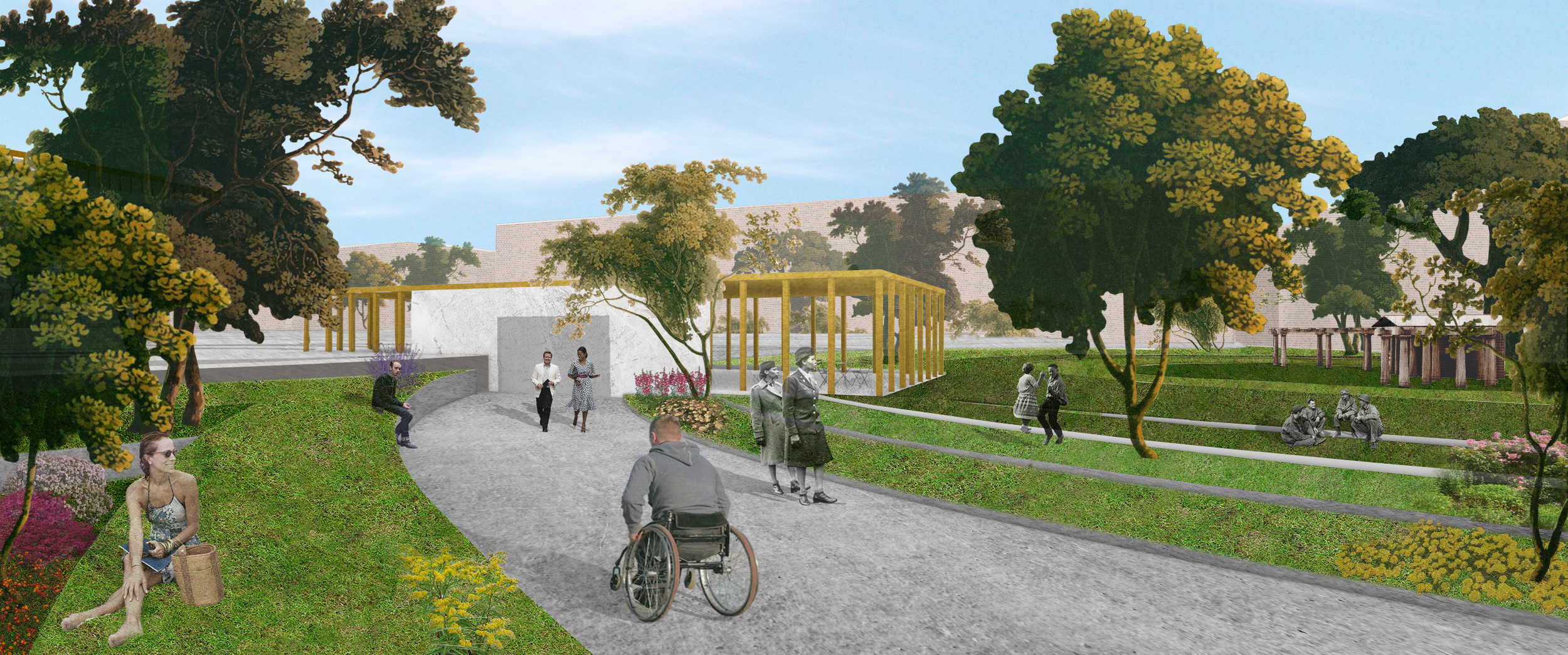
















![Section 1 and 2 [Converted] alt3-01.jpg](https://images.squarespace-cdn.com/content/v1/59d7b3e4c027d8d1bb7a5bd0/1515978543093-AY3S90YLSISIWQXBEXDQ/Section+1+and+2+%5BConverted%5D+alt3-01.jpg)
![Section 1 and 2 [Converted] alt3-02.jpg](https://images.squarespace-cdn.com/content/v1/59d7b3e4c027d8d1bb7a5bd0/1515978612861-AG6TXCYCHEQ4HO8E27CG/Section+1+and+2+%5BConverted%5D+alt3-02.jpg)
























